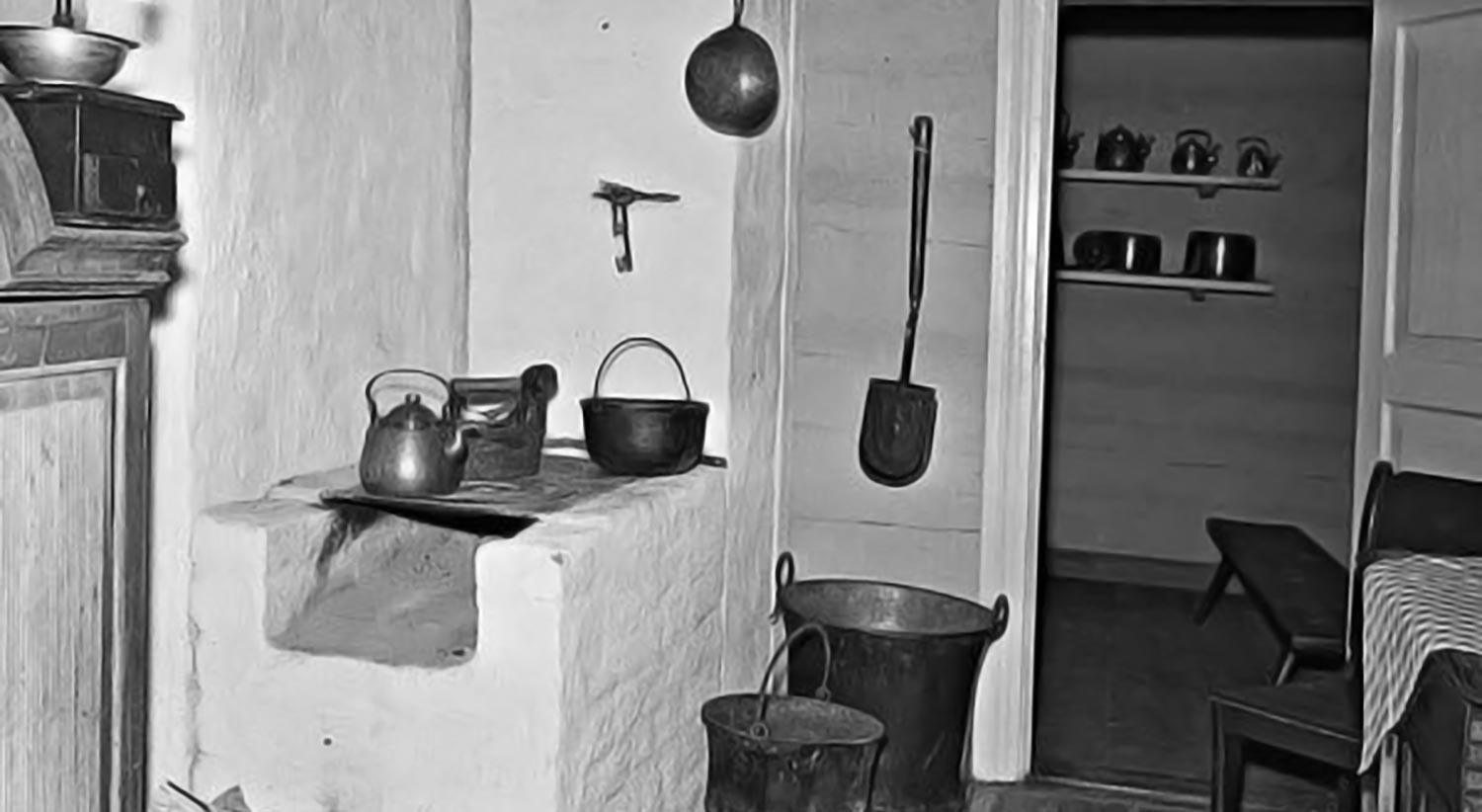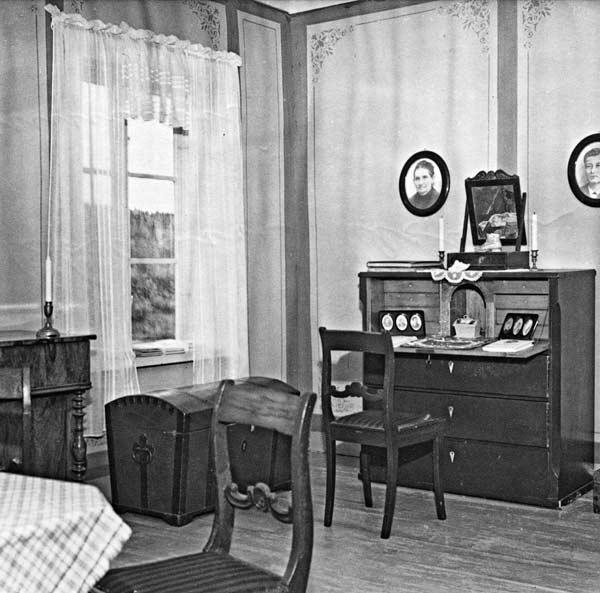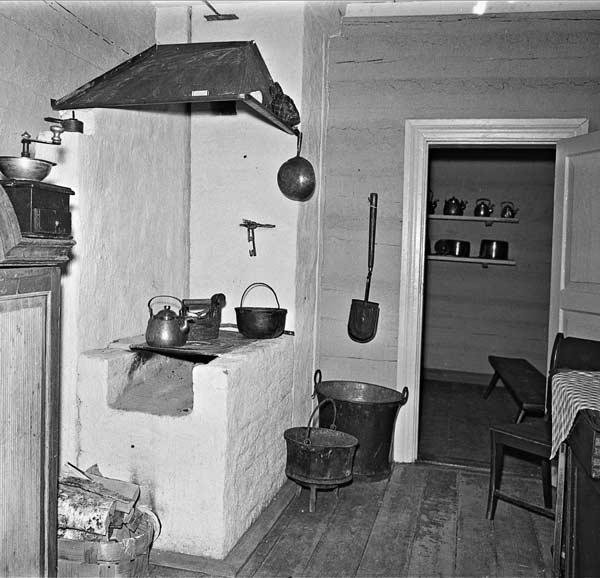
Artisanal Jyväskylä
A young Jyväskylä takes shape
Early on, Jyväskylä became known as a city of merchants and craftsmen. Even back in the days when Jyväskylä was a parish, it was home to several craftsmen, including hatter Eric Fagerlund, goldsmith Gustaf Weckman, and dyer Fredrik Grek. Word that a new city had been founded with the “freedom to practise a livelihood” spread far and wide. A solid cross-section of craftsmen from elsewhere in Finland were among the first to move to the city. In order to practice their livelihood, the city’s craftsmen had to apply for burgher status, and the applicant had to be “upstanding and skilled at their practice”. In Jyväskylä, craftsmen made up the majority of people accepted as burghers.

A three-step path to becoming a craftsman
The professional path for craftsmen consisted of three steps. Their career often began with an apprenticeship, during which they would work as an apprentice to a master, usually for a total of four years. After this, they might have spent a period of time as a journeyman. It was typical to leave Jyväskylä for years at a time in pursuit of journeyman’s work, first to Kuopio, then to Oulu, and then to the popular St Petersburg. After mastering their craft, craftsmen often returned to their hometown to practise their profession, but this wasn’t always easy. Fellow craftsmen who already lived in the city did not look favourably upon new competition, and acquiring the status of master craftsman in the city could require several rounds of appeals, if it was ever obtained at all.
Life as a craftsman
Industrial production was still a long way off, and mechanical mass production was virtually unheard of in the 19th century. This meant that local craftsmanship was important. Skilled craftsmen did their best to serve the needs of the growing city and its surroundings. In Jyväskylä’s craftsmen’s houses, the craftsmen lived rather modestly. Several master craftsmen had large families and lived humble lives. There were families with only one room in addition to the workshop. They lived, slept, and ate in the same room. Along with a workshop, the average craftsman’s home had a hall, sleeping chamber and kitchen. Some homes followed the gentrified style of the period, though slightly pared back.

Jyväskylä’s new era
The mechanisation of crafts and conversion of workshops into factory companies ushered in a new era for Jyväskylä. Many craftsmen gave up their profession. The sons of craftsmen were attracted to the more lucrative career of a merchant. Jyväskylä’s craftsmen also took advantage of the educational opportunities offered by the city, and Finland’s clergy and teachers in particular bolstered their numbers with members of Jyväskylä’s craftsman families. Overall, Jyväskylä has had and continues to have a strong tradition of craftsmanship. This theme occurs again and again in the city’s history, and indeed, the city is largely a city of craftsmen.
